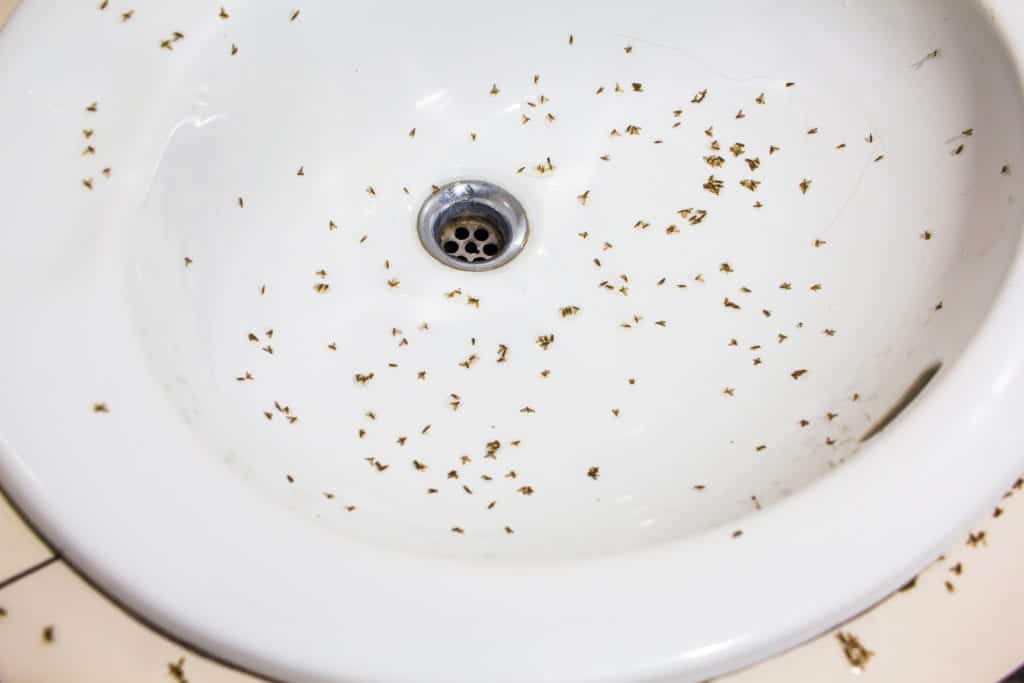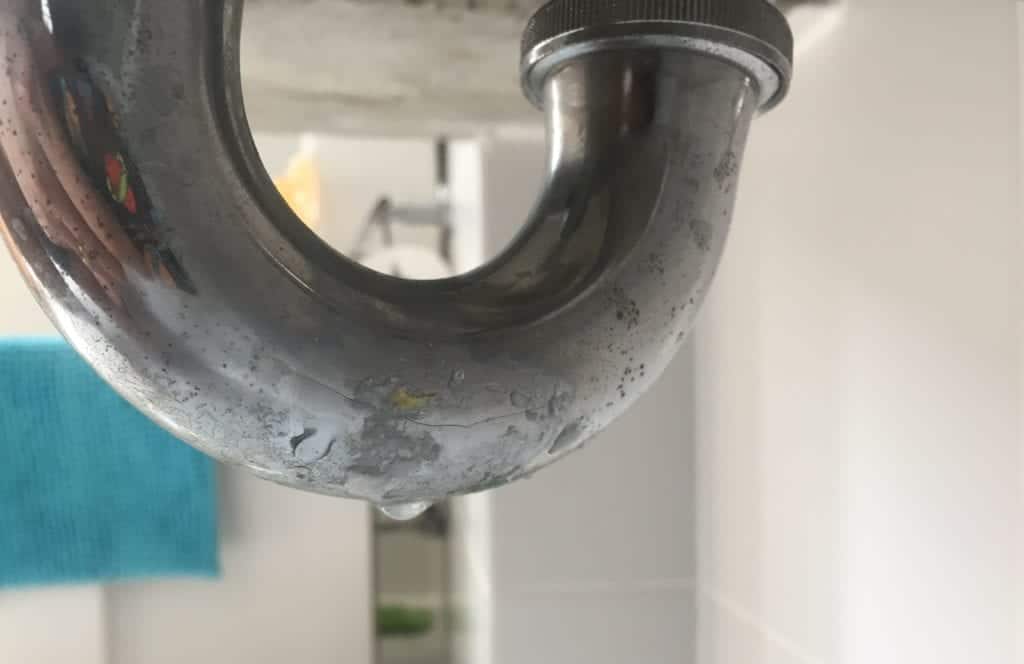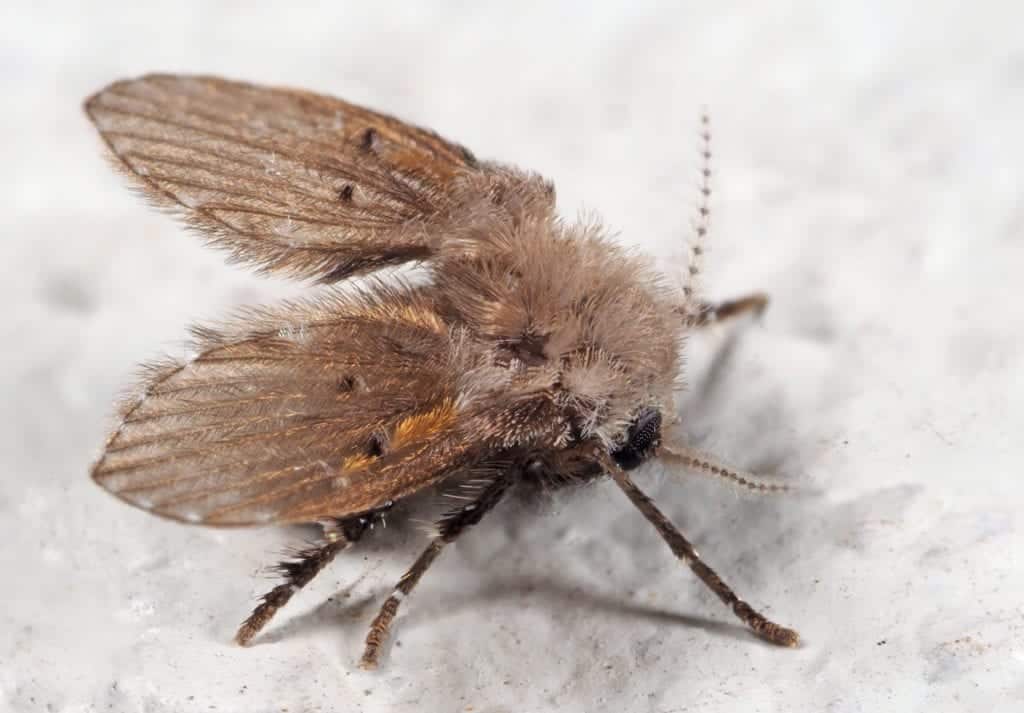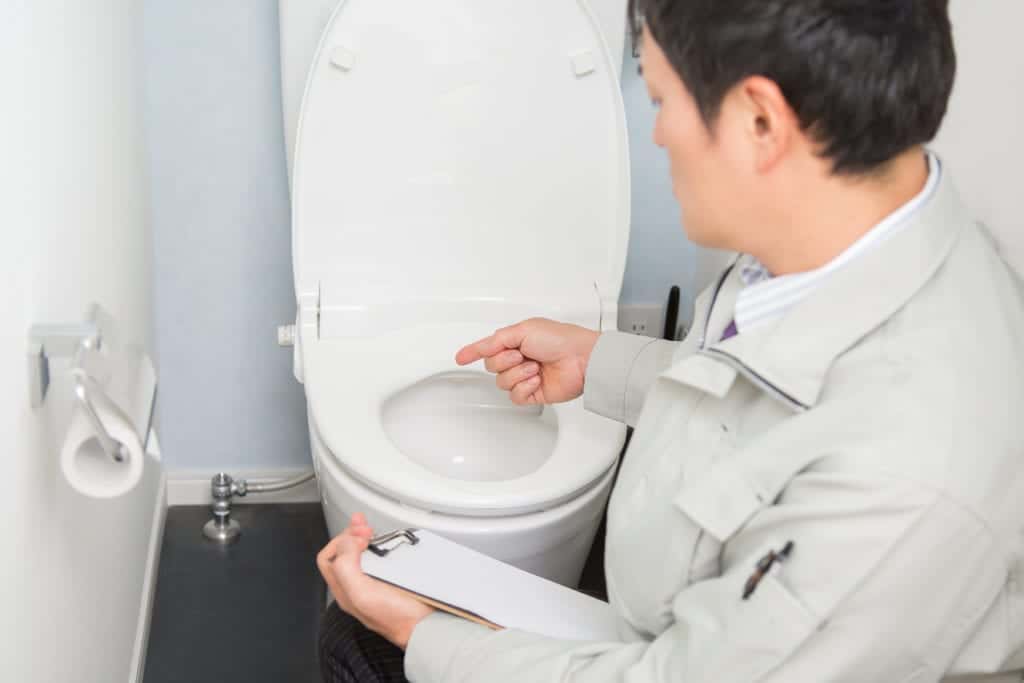Drain Flies 101
Drain Flies 101
What are Drain Flies?
Known scientifically as psychodidae, these pesky flying insects go by a variety of colloquial names such as drain flies, sink flies, filter flies, sewer flies, sewer gnats, drain gnats, and more. Like most flies, they begin their lives as eggs followed by a larval form that measures less than 1cm in length. Surprisingly, their following life stage as pupae shrinks their overall length to as much as half of that in their larval form. As adults, the flies measure in at roughly 1/4 to 1/5 of an inch in length, have slightly furry bodies, and a pair of wings longer than their bodies that are covered in miniscule scales. Regardless of their wings being longer than their bodies, drain flies are rather weak fliers and, as such, they tend to make irregular, jerky, short flights. The entire life cycle of these tiny gnats lasts between one to three weeks in total, two weeks of which are typically spent in adulthood. During their days, these flies typically rest in shaded, moist areas and begin to pick up their activity in the evenings where they can be seen hovering around drains. 
What Causes a Drain Fly Problem?
As with a huge number of pests, drain flies are drawn to stagnant water. They both breed and feed in these areas, consuming moist buildups of decaying organic materials within drains, pipes, etc. as such, they are most often found in the following areas of both homes and commercial properties:
- Drains and piping systems
- Infrequently used bathrooms
- Toilet tanks
- Moist garbage or compost
- Humid basements or crawl spaces
- Anywhere rainwater collects
- Infrequently used sinks
- Laundry rooms
- Under air conditioning units
Emergence of flies in any of these areas is due to the water source remaining stagnant for a period of time. Due to this, drain flies are most commonly discovered in areas of low traffic (ie. crawl spaces) or homes that have had a period of absence due to vacation or other reasons. Luckily, this often means that the issue will resolve itself once normal activity resumes within the home of business. 
Are Drain Flies Harmful?
Thankfully, these little pests do not harm humans. They cannot bite nor sting, and typically do not care to be in direct contact with humans. Overwhelmingly, they are simply annoying and cause no more trouble than frustration. However, when they die, drain flies tend to almost disintegrate into a dry dust which, in the rare cases in which such fragments are inhaled, can result in some potential health hazards. But while this is not cause for great concern, none of us really want to deal with these little pests anyways, so there are a variety of treatments to deal with these little guys. 
How are Drain Flies Treated?
As stated above, sometimes the issue will resolve itself when normal activity resolves. But if there are a significant number of flies, this is not always the case. For short term control, hot water can be poured down infested drains and leaky pipes can be repairred, while long term control needs to focus at the elimination of breeding sites. Our treatments for drain flies involve putting a safe, ecofriendly dusting treatment in all drains (sinks, tubs, even floor drains in basements). Not only does this directly disrupt their breeding sites, but it also prevents the flies from traveling from one disrupted location to another, location nearby. Then, your technicians will also lay out small monitor stations in order to catch any drain flies that make it out of the drain. 
Citations
How to Get Rid of Drain Flies and Keep Your Sinks Clean (2019) Country Living. Available at: https://www.countryliving.com/home-maintenance/cleaning/a29364962/how-to-get-rid-of-drain-flies/ (Accessed: December 16, 2020). Klass, C. (2016) Insect Diagnostic Laboratory: Drain Flies of Moth Flies, Cornell University Department of Entomology. Available at: http://idl.entomology.cornell.edu/wp-content/uploads/Drain-Flies.pdf (Accessed: December 2020). Shetlar, D. (2014) Drain Flies (Moth Flies), Ohio State University. Available at: https://ohioline.osu.edu/factsheet/ENT-41 (Accessed: December 2020). Townsend, L. (no date) Drain Flies or Moth Flies, Entomology at the University of Kentucky. Available at: https://entomology.ca.uky.edu/ef615 (Accessed: December 16, 2020).
Request a Free Quote Today
(We do not share your data with anybody, and only use it for its intended purpose)
